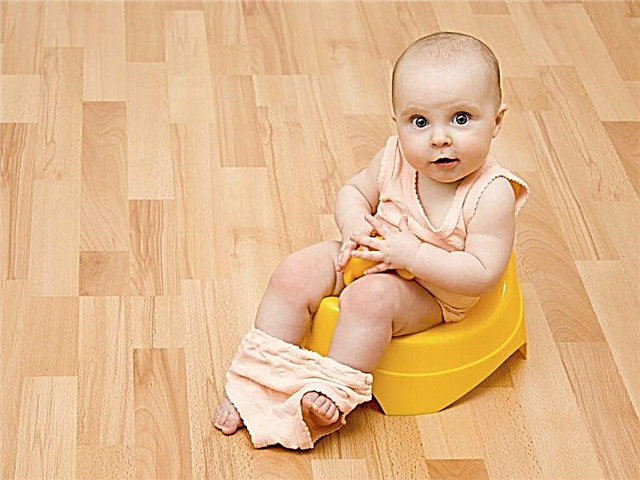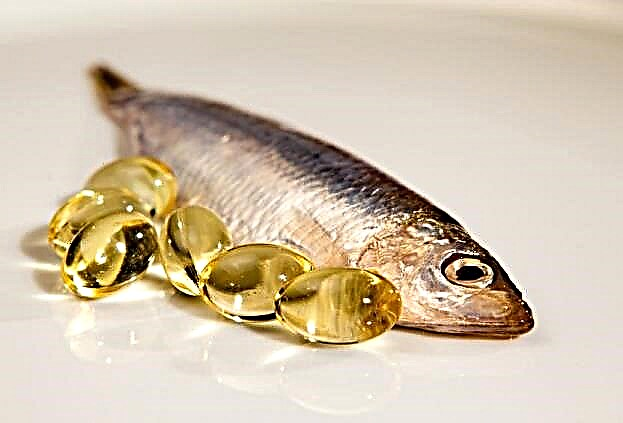
Holding the baby's head is the first among the motor skills that babies learn after birth. Each mother is waiting for him with impatience and begins to worry if the child should already hold his head well in all terms, but the crumbs are not working out yet. At what age should a child normally master such a skill and what should parents do if a baby at this age still has difficulty holding his head?

Skills development
Newborn babies cannot control the neck muscles, so babies in the first month of life are unable to hold their head. Their movements are reflexive, and if you lift the baby by the hands, the baby's head will lean back, which threatens to damage the vertebrae. That is why until the moment when the baby learns to independently hold his head for a long time, adults should support the baby by the back of the head.

The development of the skill of holding the head occurs in this way:
- In the second or third week of life, when laid out on the tummy, the baby begins to try to raise its head.
- In the second month of life, the child knows how to raise his head while lying on his stomach (the head is at an acute angle) and is able to hold it for 30-60 seconds.
- In the third month of life, the baby already holds his head upright, but the neck muscles have not yet fully strengthened, so adults should still insure the baby. In the prone position, the baby already raises both the head and the shoulder girdle, and if you raise the baby's body from the supine position, pulling the baby by the arms, the head and neck remain in line.
- In the fourth or fifth month of life, the child already holds his head well enough and turns it to the sides.

At what age can children hold their heads on their own?
Most healthy babies learn to hold their heads by 3 months of age. Some of the babies master this skill even at 2 months, and someone needs a little more time to master it and such babies learn to hold their head well only by 4 months.
Norms for premature babies
Babies born prematurely begin to hold their heads from two to three months of age. Only in the second month of life such babies begin to try to keep their head in a prone position, but they quickly get tired of such efforts. At 4 months of age, many premature babies have been holding their heads for some time.

Deviations from norms
The baby keeps his head already at 1 month
Holding the head too early, which can be observed in a baby at the age of 4-6 weeks, is a sign of increased intracranial pressure, hypertonicity of the cervical muscles, or some other neurological problems. So, if the child is a month old and he is already holding his head, the baby should be shown to the pediatrician for the appointment of an examination, special massage and treatment.

At 3 months, the baby, lying on his stomach, does not hold his head
This situation may be due to:
- Premature baby.
- Postponed birth trauma.
- Weak muscle tone.
- Torticollis (with such a problem, the child cannot keep his head straight).
- Poor weight gain. The checkweighing will help to confirm this reason.
- Rarely laying out on the stomach or no laying out at all in the first months of life.

We conduct a test at home
To check the child's ability to hold his head, you need to lay the baby on the back, then take it by the handles and pull it gently so that the baby sits down. If the child keeps his head straight for 30 seconds, then everything is in order with this indicator of development. In this case, the baby's head can swing.
Then again put the baby on the back, take the baby by the handles and lift it up a little so that the baby hangs. With the normal development of the skill of holding, the baby's head remains on the line of the spine for 2 seconds after lifting, and only then topples over.
Actions in case of lag
The first action of a mother who doubts the normal development of this skill should be a visit to the pediatrician. You need to tell the doctor about the alarming symptoms, after which the pediatrician will examine the baby and refer the baby to a neurologist, as well as for additional examinations. The doctor may order a variety of neurological tests and computed tomography.
After the results of the examination, the child is prescribed the necessary medications and local procedures are prescribed. If a neurological pathology has been detected, treatment should be started as early as possible, then its result will appear faster.
If the mother doubts the doctor's prescription, it is worth contacting another specialist. It is important to remember that you cannot massage a child with nervous system problems on your own. Better to go to a certified massage therapist and take a massage course. At home, you can perform special exercises with your baby, which will be advised by a neurologist.

Exercises to strengthen neck muscles
- Start spreading the crumb on the tummy as soon as the umbilical wound has healed. This is usually done before meals for a few minutes, gradually increasing the duration. Staying on the stomach helps to master the skill of holding the head.
- Carry the baby on your hands in a position on your tummy. Hold the baby's head with one hand, place the other under the baby's belly. This will stimulate the baby's desire to look around and hold his head for this.
- Once the child has learned to hold his head for at least a few seconds, carry the baby upright, supporting the back of the baby's head with your fingers.
- Take the baby in your arms so that one of your hands is holding the baby under the breast, and the other is under the baby's legs. The child's face will be directed downward. Raise the little one into the air and lower it down, and also arrange the baby "swing" - in turn, raise his pelvis, and then his head.
- Roll your child on a fitball. Let mom hold the baby by the hands, and dad support the pelvis. Together, you need to gently swing the baby back and forth and to the sides.
- Play with your child with the sound source. Attract the baby's attention with music or a rattle so that the baby turns its head towards the sound and at the same time trains the muscles of the neck.

Massage and nutrition
If the baby does not have neurological problems, massage for the baby is carried out at home using stroking and rubbing movements. Mom should stroke the baby's arms, stomach, back, legs.
Experts note that nutrition plays an important role for the motor development of an infant. If the baby is breastfed, then the mother should pay attention to her diet. A nursing mother's menu should be balanced in calorie and nutrient content, and include sources of minerals and vitamins. If the diet is monotonous, you should think about taking additional vitamin complexes.

Tips
- If the child does not like laying out on the stomach, this exercise should not be abandoned, because it is extremely important for the development of the baby. Choose a time when your child is happy and calm. For distraction, you can use a bright toy, a pleasant song, gentle stroking. And most importantly, you should never leave a baby on a tummy alone.
- Sign up with your baby in the children's pool and visit it regularly with your baby. Swimming not only helps in strengthening muscles and developing motor skills, but also has a positive effect on the emotional sphere.




